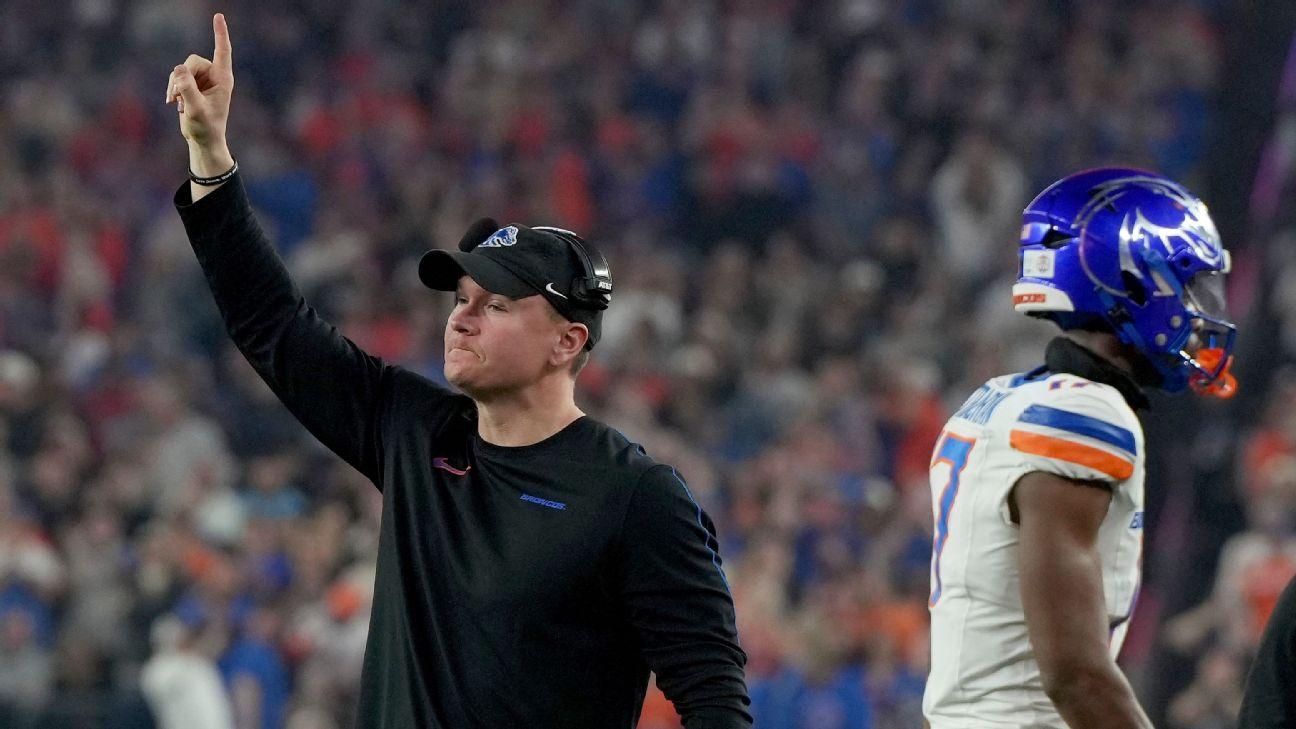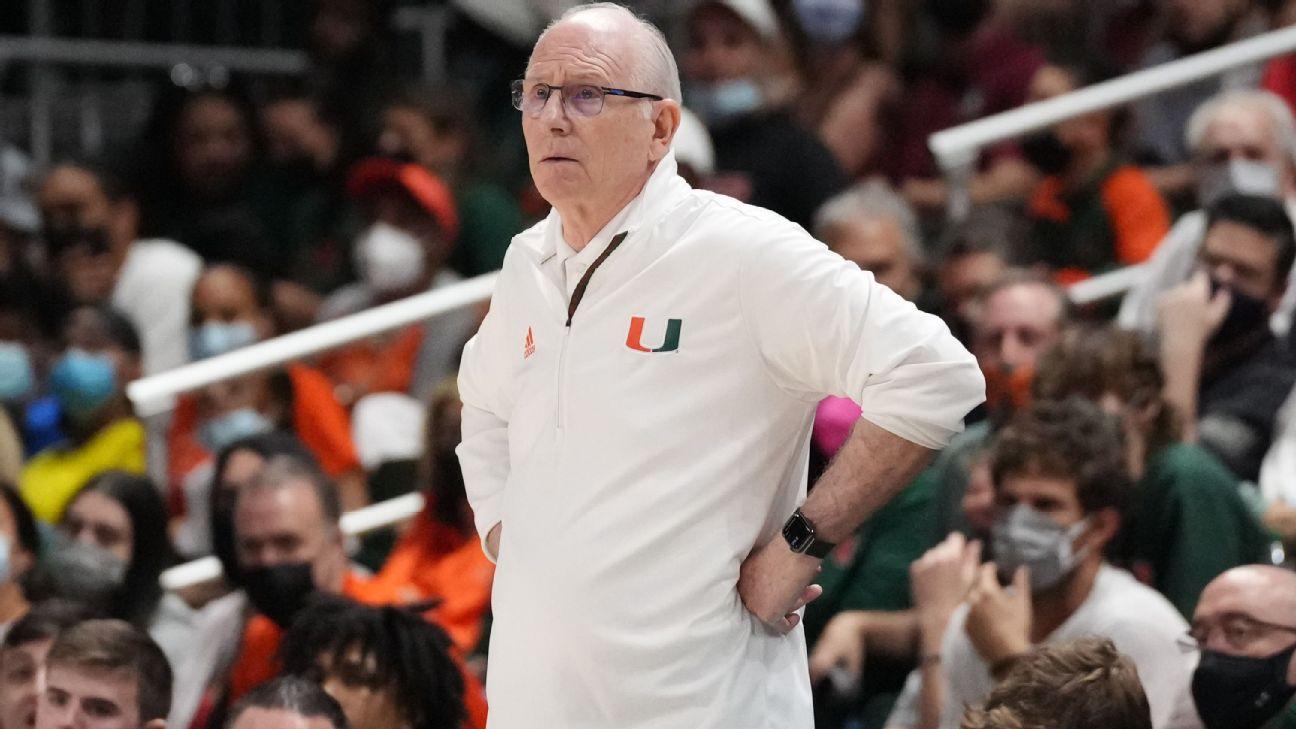The scary truth about how far behind American kids have fallen
Sometimes, panics are overblown. Sometimes, older generations are just freaking out about the youngs, as they have since time immemorial. That’s not the case, unfortunately, with kids’ learning right now, more than four years after the pandemic shuttered clas…

Published 4 months ago on Sep 20th 2024, 7:00 am
By Web Desk

Sometimes, panics are overblown. Sometimes, older generations are just freaking out about the youngs, as they have since time immemorial. That’s not the case, unfortunately, with kids’ learning right now, more than four years after the pandemic shuttered classrooms and disrupted the lives of millions of children. The effects were seen almost immediately, as students’ performance in reading and math began to dip far below pre-pandemic norms, worrying educators and families around the country. Even now, according to a new report released this week by the Center on Reinventing Public Education (CRPE), a research group at Arizona State University that has studied the impact of Covid on education since 2020, the average American student is “less than halfway to a full academic recovery” from the effects of the pandemic. The report — the group’s third annual analysis of the “state of the American student” — combines test scores and academic research with parent interviews to paint a picture of the challenges facing public schools and the families they serve. That picture is sobering: In spring 2023, just 56 percent of American fourth-graders were performing on grade level in math, down from 69 percent in 2019, according to just one example of test score data cited in the report. Declines in reading were less stark but still concerning, and concentrated in earlier grades, with 65 percent of third-graders performing on grade level, compared with 72 percent in 2019. Recovery in reading has also been slower, with some researchers finding essentially no rebound since students returned to the classroom. The report mirrors what many teachers say they are seeing in their classrooms, as some sound the alarm publicly about kids who they say can’t write a sentence or pay attention to a three-minute video. “Focus and endurance for any sort of task, especially reading, has been really hard for a lot of teenagers” since coming back from pandemic closures, Sarah Mulhern Gross, who teaches honors English at High Technology High School in Lincroft, New Jersey, told Vox. Meanwhile, even the youngest children, who were not yet in school when lockdowns began, are showing troubling signs of academic and behavioral delays. “We are talking 4- and 5-year-olds who are throwing chairs, biting, hitting,” Tommy Sheridan, deputy director of the National Head Start Association, told the New York Times earlier this year. If schools and districts can’t reverse these trends, Covid could leave “an indelible mark” on a generation of kids, CRPE director Robin Lake said this week. The effects are greatest for low-income students, students with disabilities, and children learning English as a second language, who faced educational inequities prior to the pandemic that have only worsened today. Covid “shined a light on the resource inequities and opportunity gaps that existed in this country, and then it exacerbated them,” said Allison Socol, vice president for P-12 policy, research, and practice at EdTrust, a nonprofit devoted to educational equity. The report is the latest effort to catalog what many educators, parents, and kids see as the deep scars — academic, but also social and emotional — left behind by the pandemic. Earlier this year, the Northwest Evaluation Association (NWEA), a nationwide testing company, reported that rather than making up ground since the pandemic, students were falling further behind. In 2023-24, the gap between pre- and post-Covid test score averages widened by an average of 36 percent in reading and 18 percent in math, according to the NWEA report. When it comes to education, the effect of the pandemic “is not over,” Lake said. “It’s not a thing of the past.” Kids are behind in reading and math, and they’re not catching up Nearly all public schools in America closed by the end of March 2020, and while some reopened that fall, others did not fully resume in-person learning until fall 2021. The switch to remote school, along with the trauma and upheaval of living through a global health emergency in which more than a million Americans died, dealt a major blow to students’ learning. Scores on one set of national tests, released in September 2022, dropped to historic lows, reversing two decades of progress in reading and math, the New York Times reported. Still, experts were optimistic that students could make up the ground they’d lost. NWEA’s MAP tests, which measure academic growth, showed a strong rebound in the 2021-22 school year, said Karyn Lewis, director of the Center for School and Student Progress at NWEA. But growth slowed the following year, and now lags behind pre-pandemic trends. Kids “are learning throughout the year, but they are doing so at a slightly sluggish pace,” Lewis said — not enough to make up for their Covid-era losses. A team of researchers using separate data from state tests appeared to find more hopeful results earlier this year, documenting significant recovery in both reading and math between 2022 and 2023. But after reanalyzing their data, they found that the improvements in reading were probably produced by changes in state tests, not actual improvements in student achievement, said Thomas Kane, faculty director of the Center for Education Policy Research at Harvard and one of the leaders of the research team. In fact, though students did gain some ground in math, they showed little recovery in reading between 2022 and 2023. More recent data does not paint a rosier picture. About half of states have released test results for the 2023-24 school year, and “I don’t see a lot of states with substantial increases” in scores, Kane said. Many factors probably contribute to students’ slow recovery, experts say. Some may have missed “foundational pieces” of reading and math in 2020 and 2021, Lewis said. Learning loss can be like a “compounding debt,” she explained, with skills missed in early grades causing bigger and bigger problems as kids get older. Chronic absenteeism also remains a big obstacle to learning. Twenty-six percent of students were considered chronically absent in 2022-23, up from 13 percent in 2019-2020. Children who are in kindergarten and first grade today were too young to experience the shift to remote learning in 2020 and 2021. But they were more likely to be isolated from other children and adults, Lake said. And like their older counterparts, many also experienced the trauma of deaths in the family, poverty, and parents out of work, all of which could have affected their social and emotional development. Some have argued that pandemic learning loss shouldn’t be a concern because all students were affected — maybe, the argument goes, learning is just different now. But that’s not the case, experts say. Students from wealthier school districts are already well on their way to recovery, while students in lower-income areas continue to struggle. “Not everybody is in the same boat,” Kane said. It’s not too late to help kids recover Despite the dismal numbers, some teachers are seeing successes. When they came back to the classroom after the pandemic closure, Kareem Neal’s students at Maryvale High School in Phoenix, Arizona, were falling asleep in class, having trouble focusing, and struggling to put away their laptops when asked, Neal, who teaches special education science and social studies, told me. But starting last school year, “a lot of the behavioral challenges dissipated,” he said. “I remember telling so many people, ‘Whoa, the kids are so well-behaved.’” Gross, the New Jersey English teacher, said she has seen improvement since her students were required to leave their cell phones at her desk during class. “For the first time in years, I’m seeing them talk to each other,” she said. Some schools have had success reducing chronic absenteeism, including a middle school in Salem, Massachusetts, that aimed to make education more fun by introducing more field trips and hands-on learning, according to the CRPE report. “It’s just like a happier version of school,” said one student cited in the report. There’s still time to help kids who are struggling, experts say. Most of the strategies proven to work are simple and low-tech, like tutoring and summer school, according to the CRPE report. Staffing shortages and the sheer logistical difficulty of setting up large-scale tutoring programs, however, have made even these solutions a challenge for districts, Lewis said. The expiration of pandemic-era federal funding later this month will only make matters worse. “A system that actually needs more is about to have less,” EdTrust’s Socol said. And districts have to actually make recovery programs accessible to all, and convince families to participate. In Louisiana, for example, just 1 percent of students eligible for a post-pandemic literacy tutoring program actually participated, according to the report, and districts often struggle to get students to enroll in summer school. But if schools don’t act, kids could face deficits in basic skills that could haunt them into adulthood, leading to difficulty attaining higher levels of education, finishing college, and lost earnings in their working lives. Because of grade inflation, many parents are also unaware that their children are behind academically. “One of the most powerful things would be if teachers told parents when their child was below grade level,” Kane said. In practice, that often doesn’t happen. But more than that, schools need to rebuild the relationships among students, teachers, and families that frayed during the pandemic, experts and educators say. “People want to feel like a part of a bigger community again,” Neal said. “We need to figure out ways to make that happen so that students are not feeling left out.”
Advertisement

The past 24 hours in South Korea’s chaotic politics, explained
- 27 minutes ago

Samsung bets big on OLED and gaming with its 2025 monitor lineup
- 2 hours ago

Cybertruck explosion investigation identifies the driver and tracks its path to Las Vegas
- 2 hours ago

Day: Expanded CFP gave OSU chance 'to peak'
- an hour ago

Why thousands of people are traveling to one country to see these birds
- 27 minutes ago

Agent: QB Rourke led Indiana to CFP on torn ACL
- an hour ago
You May Like
Trending













